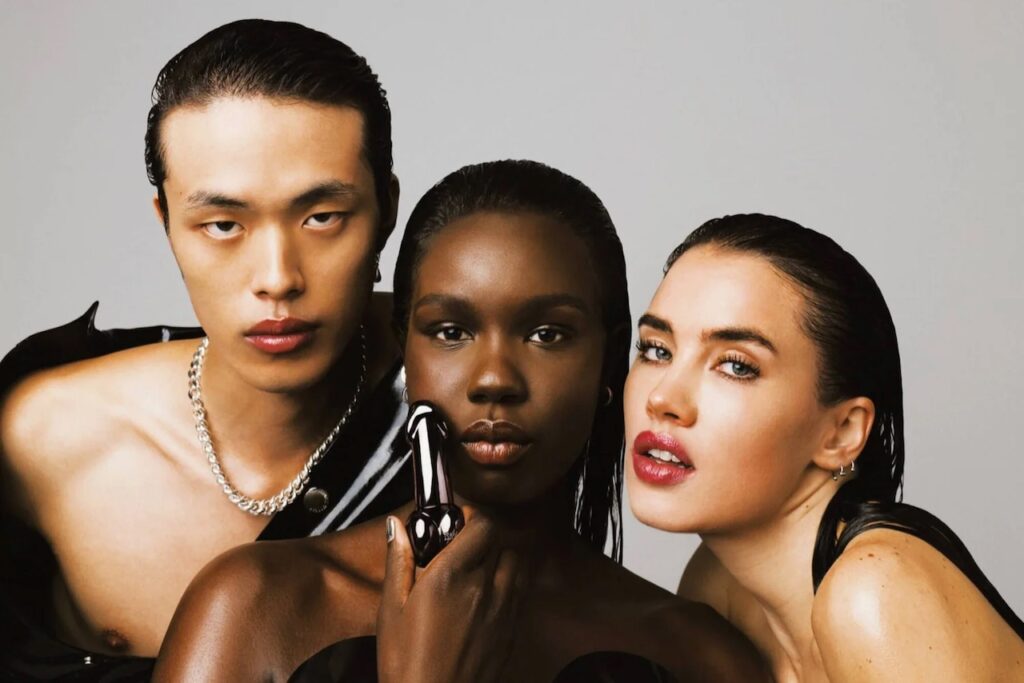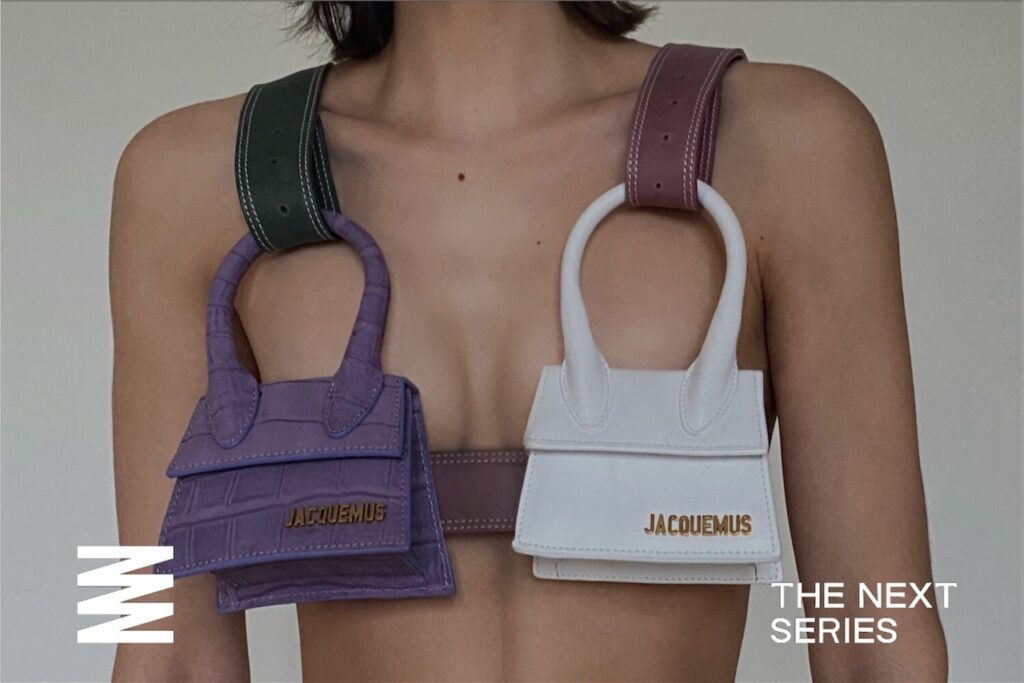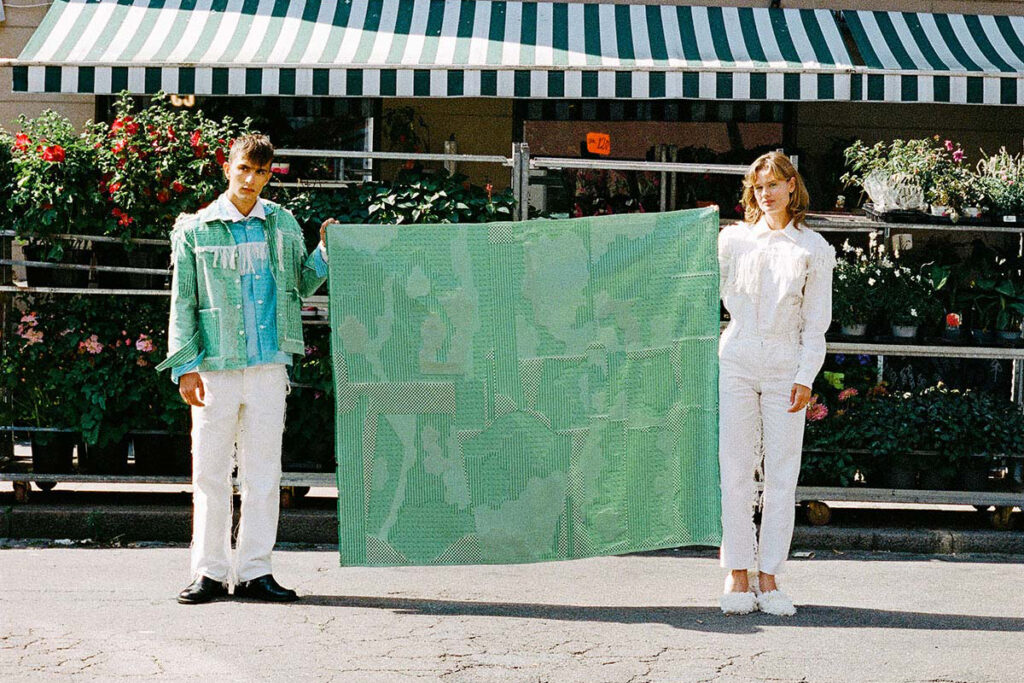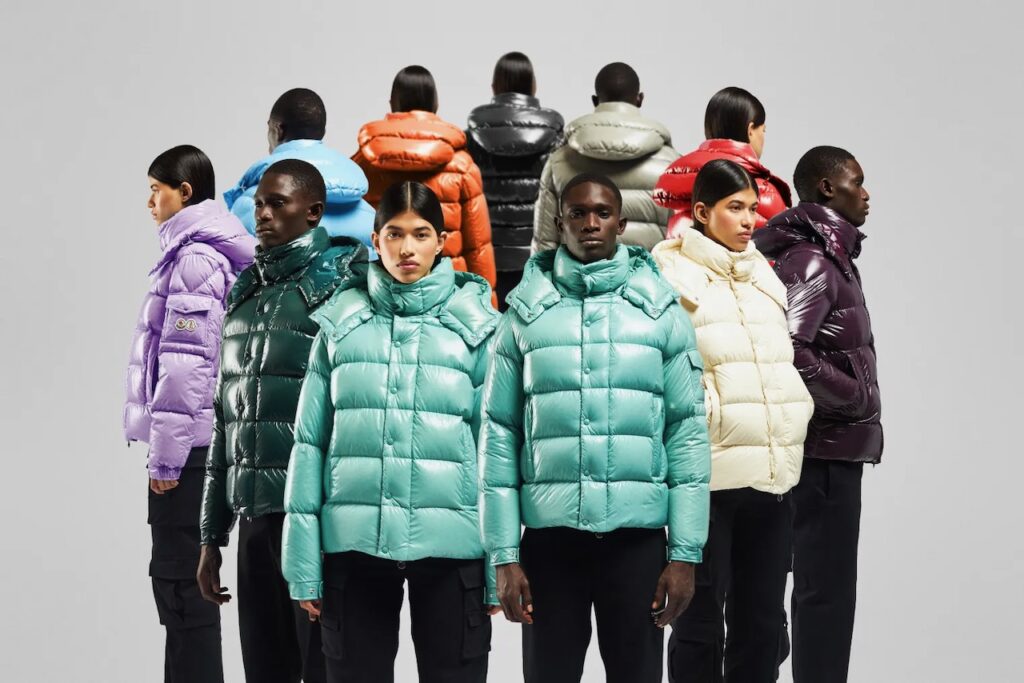Fashion is a dynamic environment with its ins and outs reflected every season in the multiple collections that hop onto the trend bandwagon. As an industry, it has adapted to this fast-paced world we live in via fast fashion. Being stylish is significantly more available to anyone and everyone who wants to express themselves through the language of fashion. But, what about the trade-off between being trendy and being sustainable?
Fashion is a significant, profitable commodity in the neoliberal free market. To effectively compete in this market, brands shifted to a fast-fashion business model, creating an avalanche in the industry. Clothes became more accessible, particularly after the digital transformation and development of online shopping.
Following the vogue and creating your own way of expressing yourself has become a piece of cake, and fashion shifted from the exclusive ‘luxury’ domain into the ‘everyday’ clothing phase. It was good in the sense that now more people can use this creative expression, but it comes with a hefty price to pay: overproduction and overconsumption.
Overproduction

Source: Cainz
Fast fashion requires high preparation and loads of backup garments. The business model can’t deal with any stuck gear in this working machine, so factories always have to be ready and active. Even though industrialization helped the automatization of production with machines, there are still human workers in the fashion production industry. Thus, from a humanitarian perspective, garment worker exploitation is, unfortunately, a common practice employed by fashion companies as a way of handling high demand.
The fashion industry has become one of the main sectors to focus on due to the environmental impact caused by the manufacturing processes. The two most noteworthy detrimental effects from an environmentalist perspective: carbon emissions and waste generation. The non-sustainable production process generates a lot of greenhouse gas emission, and every single gas molecule matters in the environmental crisis we’re in. Moreover, overproduction causes a ridiculous amount of garments that aren’t even used, and there aren’t enough consumers to demand all pieces.
Overconsumption
This phenomenon is one of the main threats to the much needed global sustainable transition. Because if everyone overconsumes, industries will overproduce. However, no one has enough resources to obtain every single product that has ever been made, so we begin to witness the accumulation of a ludicrous amount of surplus. Environmentally, this is an apocalypse scenario, and we should analyze the reasons behind this urge to find alternative ways.
First transitions to fast fashion business models revolutionized how we dress because the price tag was cheaper and the garments were actually decent. On the other hand, sustainable alternatives appear to be expensive. Consequently, critics question whether sustainable clothing is only for the middle-upper class. One can understand why non-sustainable fashion is a rational choice for consumers.
But maybe, just maybe, the origins of overconsumption are more abstract than material?

Source: The Safia Blog
Is Overconsumption In Our DNA?
Homo sapiens -modern human- learns and adapts, it’s a resourceful being. We change and evolve in accordance with time and space. That is why we’ve been able to move forward in history as the dominant life force. After the expansion of the capitalist free market, rooted in competition, we saw a consumption trend prevail in our everyday lives. Some have theorized that when this happening merged with the anxieties of everyday life, humanity had a figurative mental evolution and evolved into the phase of homo consumens -consumer human-, whose primary goal is to consume more and more to compensate for their inner vacuity.
If overconsuming is a reactionary evolution to the changing world, as scholars argue, we can adapt ourselves to this fact by multiplying the commodities to satisfy our urge to overconsume. Alternative options would be better in order to not exhaust any environmental or economic resources. There are some potential alternative choices and the existing sustainability efforts to enrich the possibilities.

Source: Eco Warrior Princess
Digital fashion could be an alternative choice in this context. Digitalization has already started to change the fashion business to the core, and we think it is only the beginning of the sensational impact it will have. On top of that, the potential is limitless with digital fashion because you’re not tied to the physical realities of our current world. You can prepare for a possible water-world apocalypse or join the sneaker fever. With all its choices, can digital fashion be the sole solution to this overconsumption wind?
We still don’t know the answer, but we believe that it won’t be enough. Because if overconsumption tendencies are focused on one sector, it will cause another problem, like digital waste in this matter. It is not about which path we choose; it is about increasing the platforms to consume to find a balanced medium.

Source: NY Times
Digital fashion can be an alternative place to consume for the middle-upper class, decreasing the demand for material garments. This can force the brands to lower the prices because the market balances change. With lower market prices, sustainable clothes would become more available to the low-income class, previously excluded from sustainability efforts. Thus, we can combine our strengths in the mission of rescuing the environment.
Change starts with a realization. After we know one thing, we have all the inner power to address and change it. We believe you have it; we believe we have it. Let’s beat the urge to overconsume.













